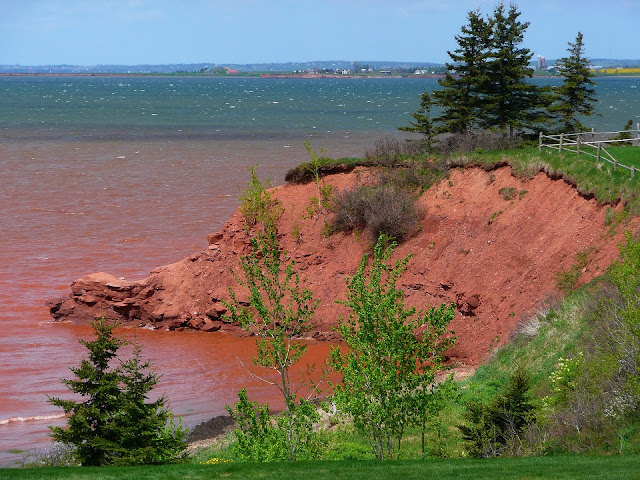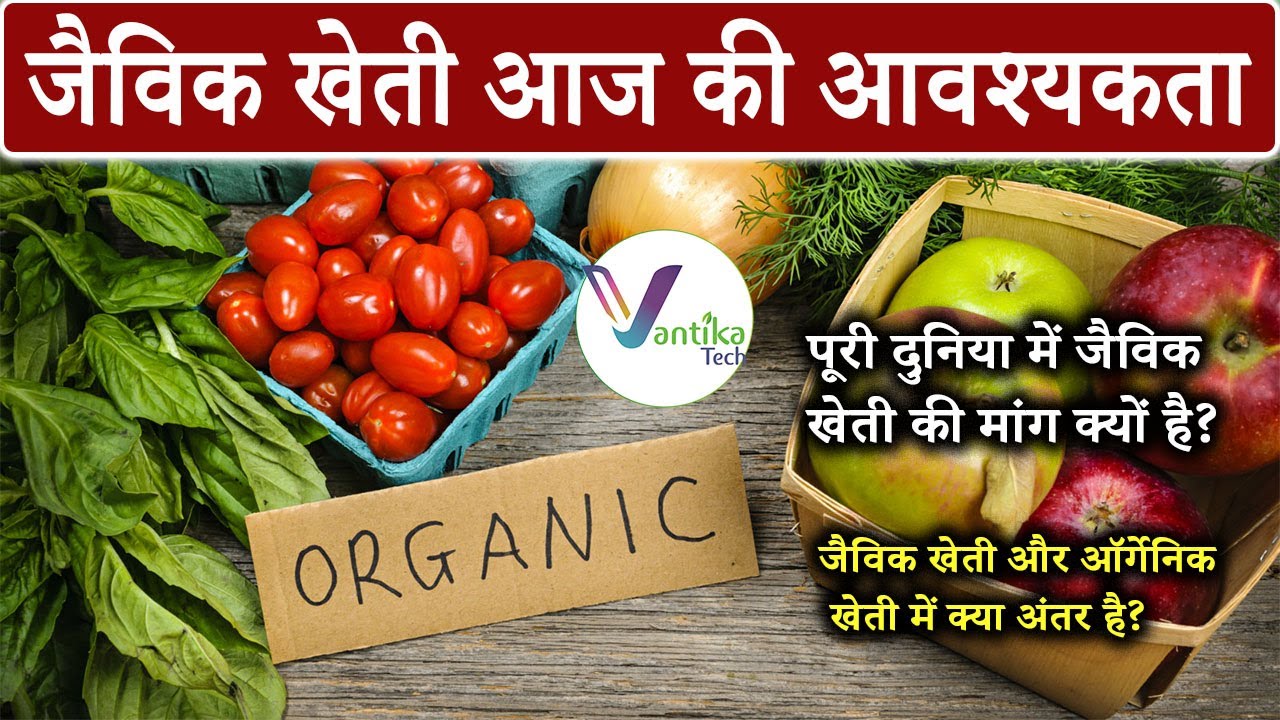Soil erosion is a global problem that affects not only agricultural productivity but also the environment as a whole. The loss of topsoil due to erosion can lead to reduced soil fertility, decreased water holding capacity, increased vulnerability to droughts and floods, and loss of biodiversity.
According to the United Nations' Food and Agriculture Organization (FAO), approximately 33 percent of the world's soils are degraded due to erosion, nutrient depletion, and other factors. The FAO estimates that 24 billion tons of fertile soil are lost every year due to erosion, which is about 3.4 tons per person.
The problem of soil erosion is particularly severe in developing countries
, where poor land management practices, overgrazing, deforestation, and inappropriate farming methods are common. In Africa, for example, up to 65 percent of cropland is affected by erosion, leading to reduced yields and food insecurity.However, soil erosion is also a problem in developed countries such as the United States, where it is estimated that approximately 1.7 billion tons of topsoil are lost every year due to erosion. This not only affects agricultural productivity but also causes problems with sedimentation in rivers and lakes, leading to decreased water quality and increased flooding.
In addition to its impact on agriculture and the environment, soil erosion also has economic consequences. The cost of soil erosion in the United States alone has been estimated at over $37 billion per year, including the cost of lost productivity, increased water treatment costs, and damage to infrastructure.
Soil erosion is a major problem in many parts of India, particularly in areas with hilly terrain, intensive agriculture, and inadequate soil and water conservation measures. Here are some of the areas where soil erosion is a major concern:
The Himalayan region: The steep slopes, fragile soils, and high rainfall in the Himalayan region make it particularly vulnerable to soil erosion. The problem is exacerbated by deforestation, overgrazing, and unsustainable agricultural practices.
The Western Ghats: The Western Ghats, a mountain range along the west coast of India, is another region where soil erosion is a major concern. The region is known for its rich biodiversity, but it is also home to intensive agriculture, tea and coffee plantations, and mining activities, which have all contributed to soil erosion.
The Deccan Plateau: The Deccan Plateau, which covers much of central and southern India, is another region where soil erosion is a significant problem. The region is characterized by low rainfall, poor soils, and intensive agriculture, which have all contributed to soil degradation.
Coastal areas: Coastal areas, particularly those along the east coast of India, are also prone to soil erosion. The problem is exacerbated by cyclones and other extreme weather events, as well as unsustainable coastal development practices.
Soil erosion is a significant problem that affects many areas around the world. It is the process by which soil is removed from the land surface by wind, water, or other natural agents. Soil erosion is a natural process that has been happening for millions of years, but human activities have greatly accelerated it, causing significant environmental and economic problems. In this article, we will explore the causes, effects, and solutions to soil erosion.
Causes of Soil Erosion
Water Erosion: Water is the leading cause of soil erosion worldwide. Heavy rain, floods, and streams can cause water erosion. The force of the water can wash away topsoil, which is the most fertile and nutrient-rich layer of soil.
Wind Erosion: Wind erosion occurs in areas with little or no vegetation cover. The wind can blow away topsoil, leaving the land barren and unable to support plant life.
Soil Compaction: Soil compaction is the process by which soil becomes densely packed, reducing its ability to absorb water and nutrients. Soil compaction can be caused by heavy equipment, foot traffic, or the weight of livestock.
Deforestation: Deforestation is the clearing of trees from a forested area. It causes soil erosion by exposing the soil to wind and rain, which can wash away topsoil and leave the land barren.
Overgrazing: Overgrazing occurs when too many animals graze in a particular area, causing the grass to be eaten down to the roots. This reduces the ability of the land to retain moisture, making it more susceptible to erosion.
Soil erosion is a serious issue that affects many areas around the world. It occurs when topsoil is washed or blown away, leaving behind infertile soil that is unable to support plant growth. Fortunately, there are several strategies that can be used to manage soil erosion and prevent further damage to the soil. In this article, we will discuss some tips for managing soil erosion.
Plant Cover Crops : Cover crops are plants that are grown to protect and improve soil health. They can help to prevent soil erosion by holding the soil in place with their roots, and by reducing the impact of rainfall on the soil surface. Cover crops also add organic matter to the soil, which can improve its structure and nutrient content. Some examples of cover crops include clover, ryegrass, and legumes.
Use Contour Farming : Contour farming is a method of planting crops along the contour lines of a hill or slope. This helps to slow down the movement of water across the land, which can reduce soil erosion. Contour farming is especially effective when combined with other erosion control practices, such as terracing and strip cropping.
Reduce Tillage :Tillage is the practice of plowing or cultivating the soil before planting crops. While tillage can be beneficial for preparing the soil for planting, it can also increase soil erosion by exposing the soil to wind and water. To reduce soil erosion, it is recommended to reduce tillage as much as possible, and to use no-till or low-till farming practices.
Use Mulch : Mulch is a layer of material that is applied to the surface of the soil to protect it from erosion. Organic mulches, such as straw or leaves, can help to hold the soil in place and prevent runoff. Mulch can also help to retain moisture in the soil, which can improve plant growth and reduce the need for irrigation.
Implement Conservation Tillage : Conservation tillage is a farming practice that involves leaving crop residues on the soil surface after harvesting. This helps to protect the soil from erosion, and also helps to retain moisture in the soil. Conservation tillage can also improve soil health by increasing organic matter and reducing compaction.
Install Terraces :Terracing is a method of creating level areas on sloping land. This can help to slow down the movement of water across the land, which can reduce soil erosion. Terraces are typically constructed by building walls or embankments across the slope, and then filling in the area behind the wall with soil.
Avoid overgrazing: Overgrazing can lead to soil compaction, which makes it harder for water to penetrate the soil, leading to erosion. Proper grazing management can help to prevent overgrazing.
Maintain soil health: Healthy soil has a good structure, high organic matter content, and good water-holding capacity. By maintaining soil health, you can reduce soil erosion.
Manage water: Proper water management can help to reduce soil erosion. This includes practices such as installing irrigation systems, using mulch, and preventing water runoff.
Conclusion
In conclusion, soil erosion is a critical issue that affects the long-term productivity and sustainability of agricultural systems worldwide. It is caused by several factors, including natural processes and human activities. However, there are several measures that can be taken to manage soil erosion effectively. These include implementing conservation tillage practices, planting cover crops, reducing tillage intensity, establishing vegetative barriers, and avoiding overgrazing. Additionally, the use of new technologies and the adoption of regenerative agricultural practices can also help to mitigate the impact of soil erosion on crop yields and the environment.
It is essential to raise awareness about the consequences of soil erosion and encourage farmers and policymakers to implement sustainable practices to manage this problem effectively. This requires collaboration among stakeholders, including farmers, researchers, and policymakers, to develop and implement effective strategies that prioritize soil conservation and support sustainable agriculture. By addressing soil erosion, we can ensure the long-term sustainability of our agricultural systems, protect the environment, and enhance food security for future generations.
Thanks for visiting us. Subscribe to us for agriculture updates.
#SoilErosion #SoilConservation #SustainableAgriculture #EnvironmentalProtection #LandDegradation #SoilHealth #ErosionControl #SoilManagement #ConservationFarming #ClimateChange



No comments:
Post a Comment